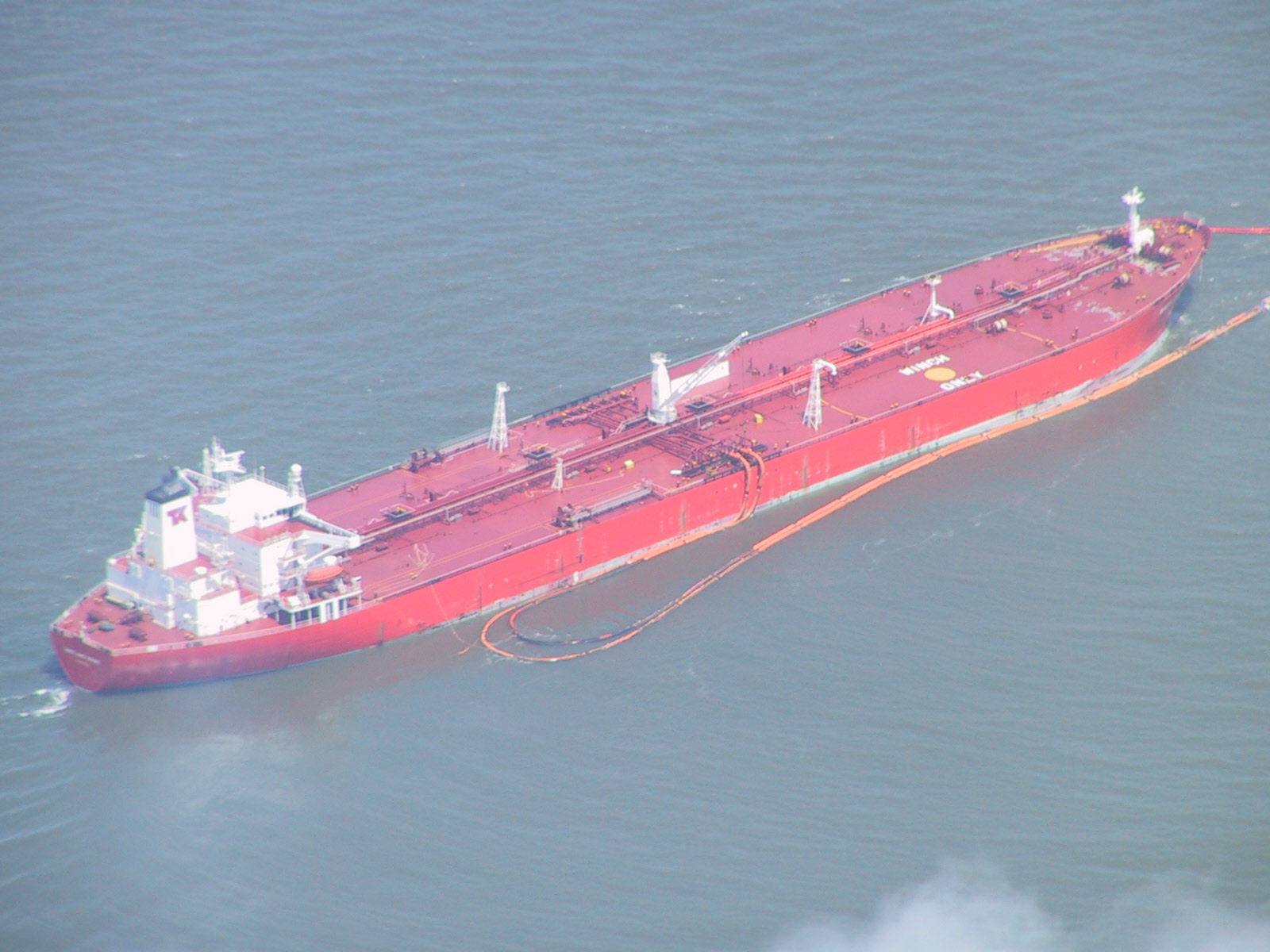

The countries with the longest network of oil and gas pipelines include: The combined length of these pipelines is more than 1.18 million km (730,000 miles) – enough to circle the Earth 30 times.

Global pipelines – 30 times Earth’s circumferenceĪccording to the Global Energy Monitor, there were at least 2,381 operational oil and gas pipelines distributed across some 162 countries as of December 2020. In the following infographic series, we map the world’s current and planned oil and gas pipelines. To transport this massive amount of energy, pipelines – usually made out of carbon steel – are widely used. (Al Jazeera)Įvery day, the world consumes some 100 million barrels of oil and 60 million equivalent barrels of natural gas. Over the past 50 years, the world’s annual energy consumption has nearly tripled – from 62,949 terawatt-hours (TWh) in 1969 to 173,340 TWh in 2019.įor centuries, burning coal was the main source of the world’s energy.īy the 1960s, rapid advancements in sourcing, transporting and refining oil and gas allowed those energy-dense fossil fuels to overtake coal and become the world’s primary source of energy – which they remain today.ĭespite advances in renewable energy, fossil fuels including coal, oil and gas still make up more than 80 percent of the world’s primary energy consumption.


 0 kommentar(er)
0 kommentar(er)
